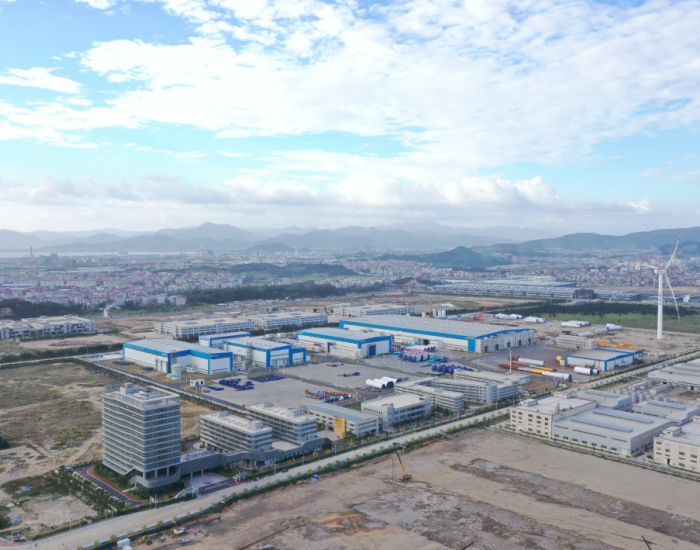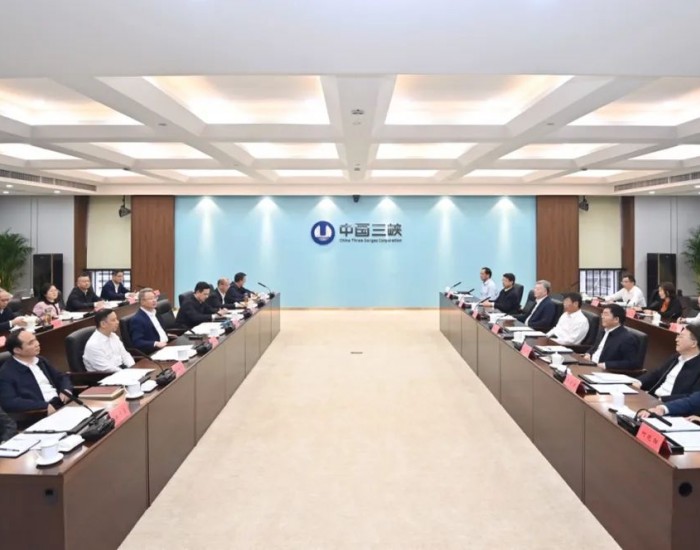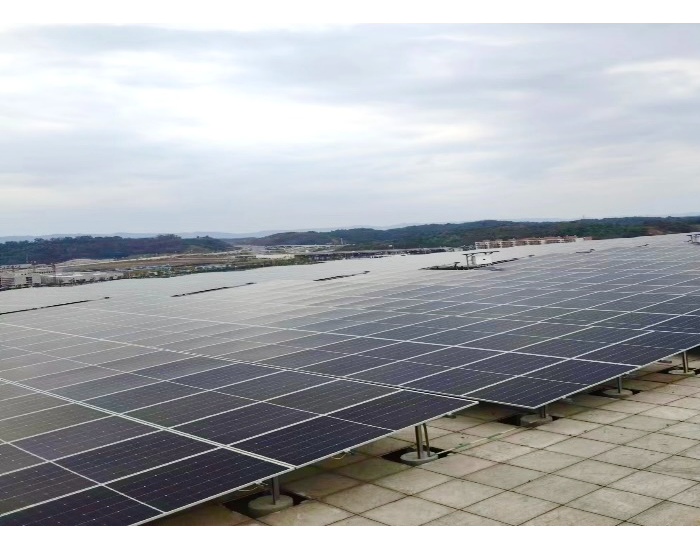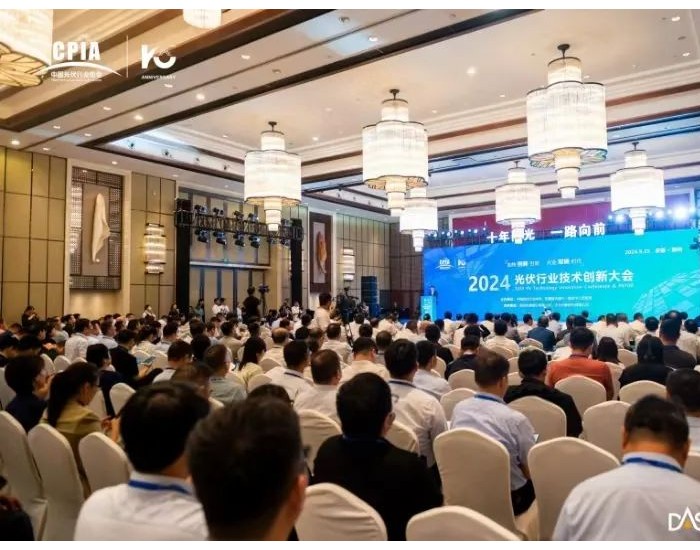渗透率非均质性对地热储能电池的影响
注:本文来自美国犹他大学等单位。
随着利用可再生能源的新技术的出现,地热系统中工业规模的热水存储成为一种很有前途的技术。由导热/对流性差的岩层作为上覆岩层和下覆岩层边界定中的多孔可渗透介质可用于瞬态地下储热。在这个概念中,传统意义上的储层就形成了地热电池。
美国工程院院士Sidney Green团队提出一个单井每天或每季注入并产生热水的简化方案。热水的来源可以是太阳能加热的水,也可以是由过量区域电力供应加热的水等。本研究调查了这种情况下空间渗透率的非均质性对热采收率的影响,以及储层内部温度和压力的分布。在平均绝对渗透率保持在100 mD的同时改变标准偏差,从渗透率的对数正态分布中创建了四个异构模型。结果表明注入候选地层时的注入压力受到非均质性的影响,所以需要更高的井底压力才能将水注入到非均质性更强的储层中。温度的空间分布受渗透率非均质性的影响较小。模拟结果显示,在注入/采出的第30个循环之后,在所有情况下都回收了91%的热量,这说明在固定的注入和采出率的情况下,渗透率非均质性对热量回收的影响较小。
Impact of permeability heterogeneity on geothermal battery energy storage
Palash Panja, John McLennan, Sidney Green
(Published: 2021-03-03)
Corresponding Author and Email:
ppanja@egi.utah.edu
ORCID: https://orcid.org/0000-0002-0631-9907
Citation: Panja, P., McLennan, J., Green, S. Impact of permeability heterogeneity on geothermal battery energy storage. Advances in Geo-Energy Research, 2021, 5(2): 127-138, doi: 10.46690/ager.2021.02.03.
Abstract
In the emergence of new technologies to harness renewable energy, industrial-scale storage of heated water in a geothermal system is a promising technique. A porous, permeable medium, bounded by a poorly thermally conductive/convective overburden and underburden, can be used for transient subsurface thermal storage. The reservoir in this concept forms a geothermal battery. As a very simpli?ed scenario, consider a single well injecting and producing hot water diurnally or seasonally. The source of the hot water could be solar-heated water, for example, or possibly even water heated from the excess regional electricity supply. For that situation, this study investigates the in?uence of spatial permeability heterogeneity on heat recovery, and the distributions of temperature and pressure inside the reservoir. Four heterogeneous models are created from lognormal distributions of permeability by varying the standard deviations while keeping the mean absolute permeability at 100 mD. The injection pressure experienced while pumping into a candidate formation is affected by heterogeneity; higher bottom hole pressure is required to inject water into a more heterogeneous reservoir. The spatial distribution of temperature is less affected by permeability heterogeneity. In the simulations carried out, 91% of the heat is recovered after the 30th cycle of injection/production operation in all cases proving less impact of heterogeneity on heat recovery for ?xed injection and production rates.
Article Type: Original article
Keywords: Spatial heterogeneity; geothermal battery; heat recovery; bottom hole pressure; temperature distributions
感谢英国曼彻斯特大学马琳博士翻译。











